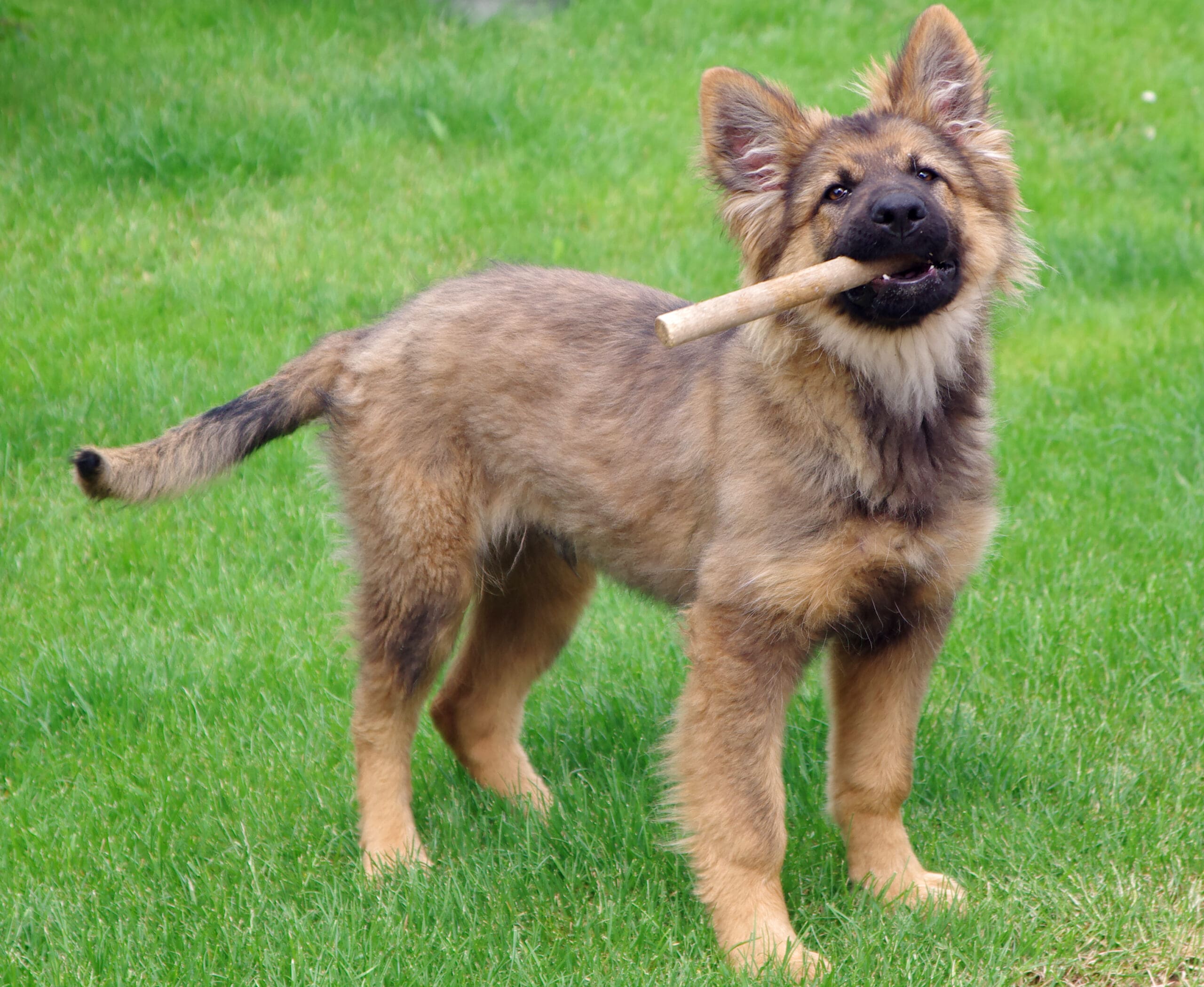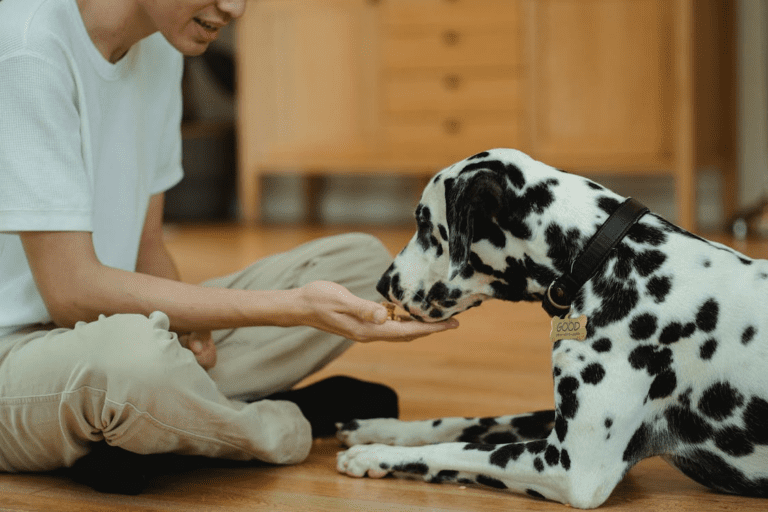In our quest to understand our furry companions better, it’s crucial to debunk common misconceptions about their behaviors. Whether you’re a cat person or a dog lover, gaining insight into the true meanings behind their actions can significantly enhance the bond you share.
This article explores ten misunderstood behaviors of cats and dogs, revealing surprising truths that may change the way you perceive their interactions.
10. Cat Meowing
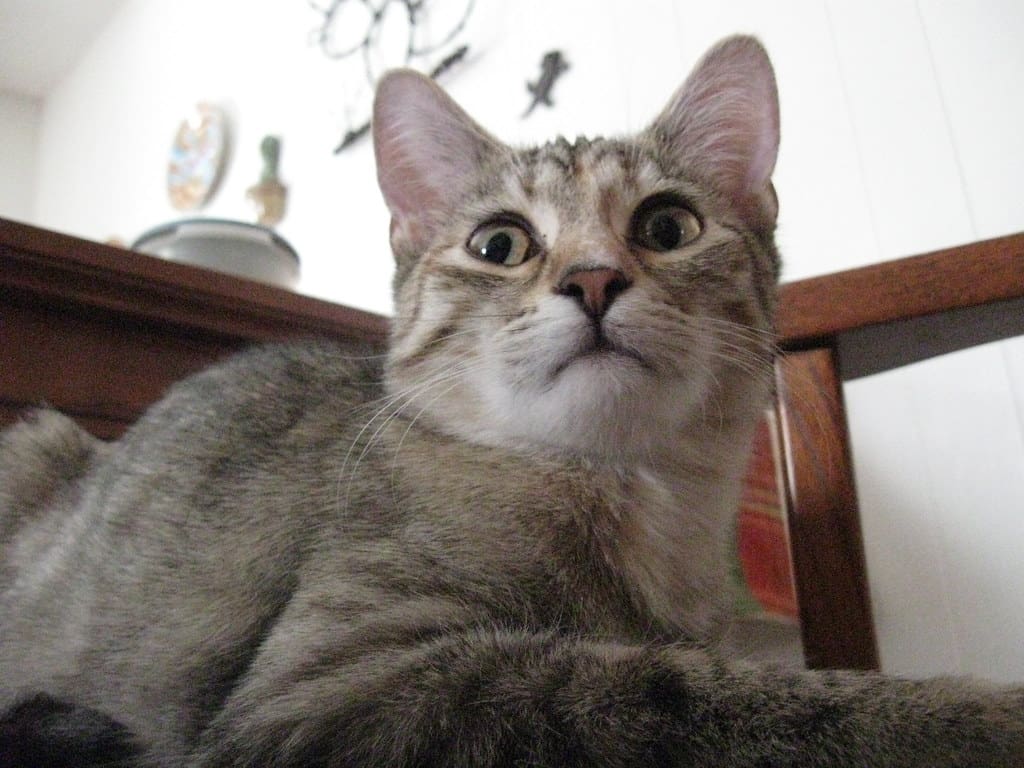
Contrary to popular belief, adult cats don’t meow to communicate with each other. Meowing is primarily a way for cats to interact with humans. Cats may meow for various reasons, including greeting, demanding attention or food, expressing discomfort, or signaling stress. Understanding the context and tone of your cat’s meows can help decipher their needs more accurately.
9. Dog Humping Behavior
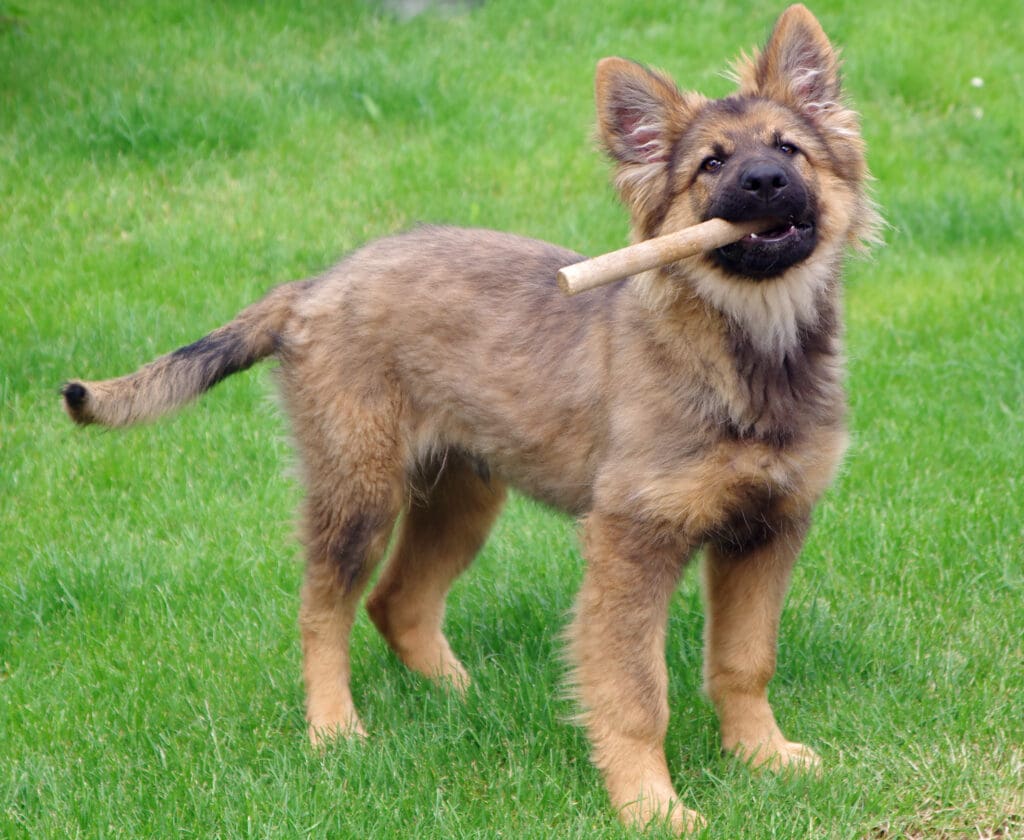
Contrary to popular belief, dog humping isn’t always sexual or dominance-related. It can be a response to excitement, stress, or overstimulation. Both male and female dogs may exhibit this behavior, even after neutering. To address it, provide proper socialization, exercise, and training. Distraction techniques can help redirect the behavior when it occurs.
8. Cat Slow Blinking

Contrary to popular belief, a cat’s slow blink isn’t a sign of judgment or annoyance. This gesture, often called a “cat kiss,” is actually a display of trust and affection. When your feline friend slowly closes and opens their eyes at you, they’re expressing contentment and a sense of security in your presence. Try reciprocating to strengthen your bond.
7. Dog Yawning

Contrary to popular belief, dog yawning isn’t always a sign of tiredness. It can indicate stress, anxiety, or even excitement. Dogs may yawn to calm themselves in uncomfortable situations or to communicate non-aggression. Yawning can also be contagious between dogs and their owners, potentially signifying empathy and emotional bonding.
6. Cat Belly Exposure

When a cat shows its belly, it’s not necessarily an invitation for a rub. This behavior is actually a sign of trust, indicating the cat feels safe enough to expose its vulnerable area. Most cats dislike belly touches and may react defensively if you try. Respect their boundaries and appreciate the trust they’re showing you.
5. The Dog “Guilty” Look
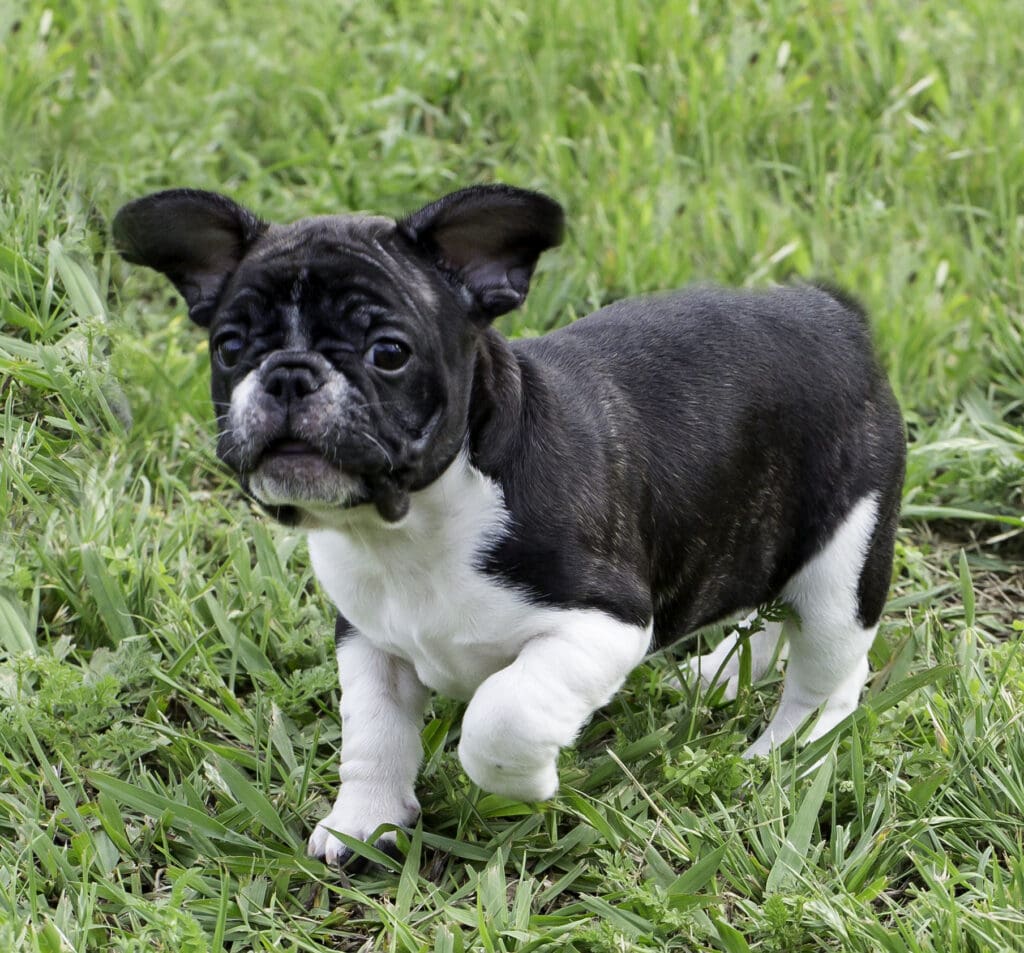
The infamous “guilty” look in dogs isn’t actually a sign of remorse. Research shows that this behavior is a response to human cues rather than an admission of wrongdoing. Dogs display submissive body language when scolded, regardless of whether they’ve misbehaved, as a way to appease their owners and diffuse potential conflict.
4. Cats Kneading

Contrary to popular belief, cats don’t knead solely to show affection. This behavior, often called “making biscuits,” has multiple purposes. It’s an instinctive trait from kittenhood to stimulate milk flow, mark territory with scent glands in their paws, and create a comfortable resting spot. Kneading can also be a self-soothing mechanism for stressed cats.
3. Dogs Eating Grass

Contrary to popular belief, dogs don’t eat grass primarily to induce vomiting or due to nutritional deficiencies. Most dogs consume grass simply because they enjoy its taste, especially when it’s fresh in spring and summer. While occasional grass-eating is harmless, excessive consumption or sudden changes in behavior should prompt a veterinary consultation.
Related: 10 Common Backyard Hazards Every Dog Owner Must Know About
2. Cat Purring
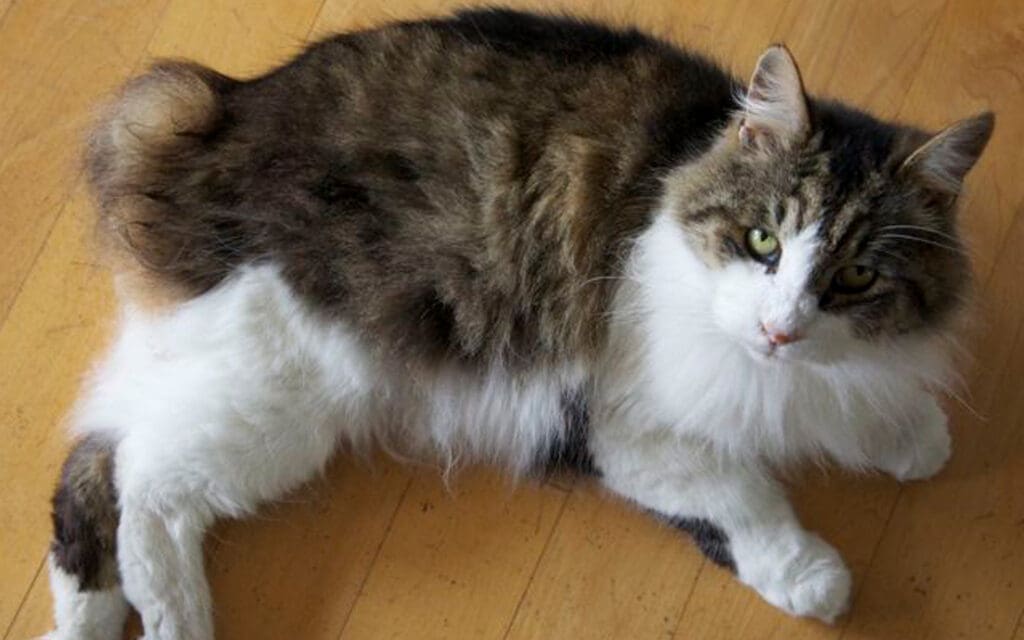
Contrary to popular belief, cats don’t purr solely when content. They also purr when stressed, injured, or in pain as a self-soothing mechanism. The vibrations produced during purring can promote healing and reduce stress. Cats even use a special “solicitation purr” combined with a meow to get human attention, particularly during mealtimes.
Related: 10 Reasons Cat Lovers Swear They’ll Never Get a Dog
1. Tail Wagging in Dogs
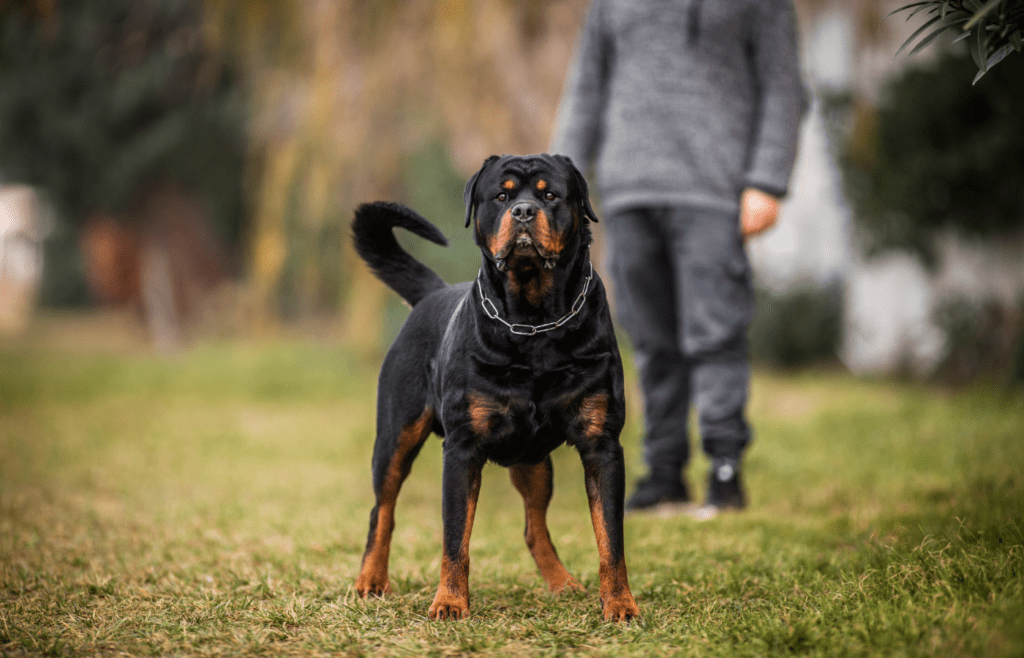
Contrary to popular belief, a wagging tail doesn’t always indicate a happy dog. The position, speed, and direction of the wag convey different emotions. A high, fast wag can signal excitement or aggression, while a low wag may indicate fear or submission. Right-sided wags are generally positive, while left-sided wags suggest negative feelings.

